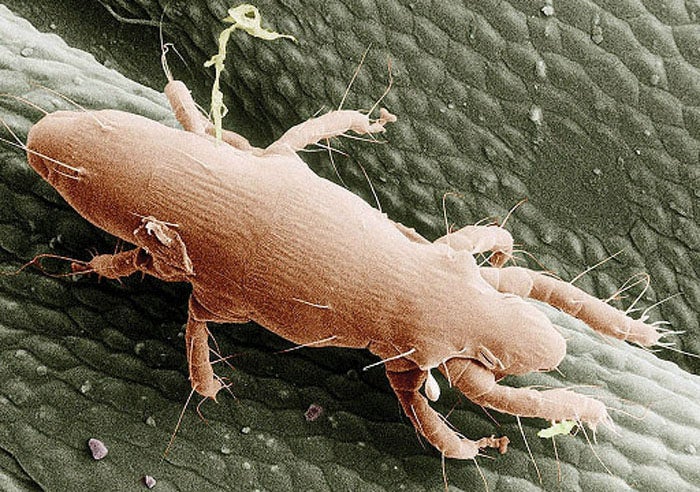Darrell Blackwelder: Straw for seeding and mites
Published 12:00 am Sunday, October 3, 2021

- Straw itch mite
September and October are the best months to reseed thin and bare areas in fescue lawns. Seeding rates depend on your lawn’s condition, as completely bare areas need up to 7 pounds per 1,000 square feet and those with thin areas can utilize half this amount. One important aspect of fall seeding is to apply mulch to help facilitate germination. Apply clean weed-free, wheat straw as a mulch to cover seeding areas. Applying mulch is important because it helps hold constant moisture, allowing seed to germinate quickly.
Applying one to two bales of straw per 1,000 square feet will typically cover seeded areas. However, it is very important not to apply too much straw over seeded areas, so be careful. Bare ground should be visible after mulching with wheat straw mulch. Thick applications of mulch produce thin, weak stands.
There is one aspect of applying wheat straw mulch that is a “Royal Pain” during fall fescue seeding. Every fall within 30 minutes after applying wheat straw to seeded areas, I am pummeled with scores of itchy whelps caused by straw itch mites. Straw itch mites are common in many crops, but especially wheat straw. These creatures are a mere 1/125 of an inch yet they produce bites that can linger for over a week. My entire chest area was dotted with red mite splotches. This happens almost every fall when I reseed. Be careful, you may encounter these pesky mites. Go to https://entomology.ces.ncsu.edu/2015/10/itch-mite-problems/ for detailed information on this annoying pest.
Darrell Blackwelder is the retired horticulture agent and director with the North Carolina Cooperative Extension Service in Rowan County. Contact him at deblackw@ncsu.edu.


